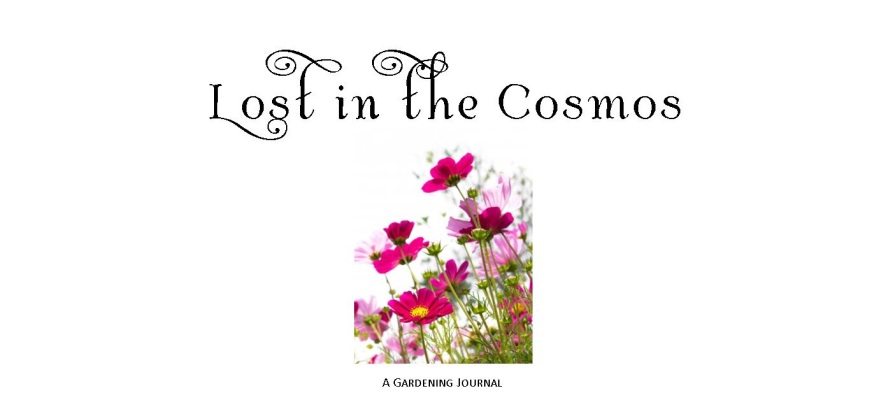Funny how Dad being home can make a day so very productive.
For one thing, he works hard and gets a lot done.
But on top of that, he has an uncanny ability to do it while keeping the baby occupied and happy.
Meanwhile, I was better able to manage my other little helpers.
This guy is planting nasturtium seeds (
Dwarf Jewel Mix) in the border along the asparagus bed.
I'm not sure that the beds we got in will be quite enough for all we'd like to plant, and with all the capital we've thrown at this venture already, we can't really afford to spend extra money on containers. We have plenty of 5 gallon buckets, but I'm not a fan of the "look," so I tried to gussy them up a bit by adding some old burlap coffee sacks we have from a birthday party sack race a couple of years back. I just put them in and pulled them over the edge like an over-sized garbage bag. My not-quite-8-year-old drilled holes in the bottom for me, and here he is filling them (with quite the audience).
I haven't yet decided what to plant in them, but it will likely be the space-hogging zucchini and crookneck squashes. I think I'll need to tidy them up a bit with some cinching of twine or burlap strips.
I also got some help feeding what we'd already planted with some organic
plant food (We just happened to have Plant Tone in the shed already). We hope to eventually buy all the ingredients to make our own fertilizer as per
this method (yes, we are a bit backwards and behind on this front!). We are most intrigued by its promise to ensure trace minerals are being added to the soil. My helper was a little messy and got some of the fertilizer on the leaves, so he also helped water to rinse them all well.
I planted pole beans around a lovely trellis my husband built last weekend (pictures forthcoming). The plan is for it to be painted red, but we'll see if it gets painted before it is needed! Same for the one for the peas. Our peas were in late, but we're hopeful we'll get at least one meal's worth before summer hits full force. The weather is so crazy this year, who knows?
I hemmed and hawed and read about direct seeding hot weather plants. My trusty soil thermometer read 68, and while
Mel kept telling me 70-75, the editors at
Taunton assured me 65 was okay. In the end, I went with it since next Saturday is Amtrack Train Day, and my helpers will be otherwise occupied.
I planted 8 cucumber plants alongside 4 spaghetti squash. Then, in another bed, I planted four cantaloupe, not muskmellon, and 4 winter squash plants. I'm so excited about the French melons. They seem so romantic and make me feel like it is going to be a
real potager!
I've been saving my egg shells for months now. A couple of years ago, my tomatoes got blossom end rot caused by calcium deficiency. It was so very, very sad, I determined to take precautions against it (though mindful watering is the best prevention), and I put a lot of crushed egg shells in as I planted my tomatoes. After reading today that squash and melons can suffer the same fate, I figured that if it works for tomatoes, why not squash? I've never actually looked it up or seen it done, but I couldn't see how it would hurt, and I had PLENTY of egg shells!
One of my
favorite gardening discoveries this year has been "winter sowing." I hope to be better prepared this winter to do more of it. It certainly is not the most aesthetic method, but it
is effective. I have a bunch of half cut milk jugs lying about now that I've either planted things or the weather is warm enough to leave the tops open, so with my uncertainty about the soil temp, I opted to use the leftover halves of my mini-greenhouses as
cloches to help with germination on my squashes and cantaloupe. Isn't
cloche just so much more lovely than "milk jug?"
Though, I'm afraid a plastic jug by any other name is still a plastic jug to the eye if not the ear.



























